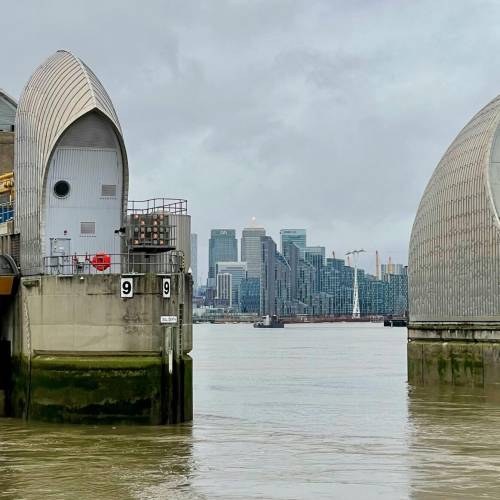DM provided Land Agency and Environment & Planning services to support the installation of a new water main across a challenging piece of the Cotswolds countryside.
The purpose of the scheme was to improve the water supply to the main town and involved the installation of ten miles of pipework through a conservation area, organic farmland, dairy farms, common land and a housing estate, as well as crossing a railway line, rivers, a canal and main roads. The project lasted for several years requiring excellent teamwork and communication, proactive problem-solving, decision-making, and sometimes a good sense of humour! As a result of the scheme 55,000 people will benefit from increased water quality and thousands of homes will be better protected from future leaks and bursts.
Early Identification of Risk
Partway through the construction phase the contractors identified that for 1km of the pipeline it would be necessary to change the route and installation method from a technique using a horizontal drill to open trenching. DM immediately highlighted significant risks with the proposed change because:
- The land in question was within a conservation area and AONB.
- It would involve a new main river crossing, rich in salmon.
- It was a ‘hotspot’ for archaeology.
- Road traffic management would be needed to allow the contractors to open-cut across a busy ‘A’ road.
- Landowners had not been consulted about the more intrusive impact of using an opencut methodology.
- There was insufficient time to re-serve statutory notices on the landowners to reflect the route change.
- Some of the land was used for horse paddocks, so high value and sensitive.
- Organic farmland was affected.
- Early access would have to be agreed with each of the landowners affected.
Effective Stakeholder Management and Negotiation
As a result of the risks identified it was agreed that obtaining the necessary consents, support and permits, would involve a considerable amount of effective consultation, communication, and stakeholder management. A joined-up approach would be essential to ensure that all stakeholder groups were receiving information at the same time and adequate time was made available to ensure that queries, concerns, and priorities were heard and acted upon.
If a landowner were to refuse access or the grant of a consent was withheld, it would have a huge negative impact on the delivery of the project. Timescales were extremely tight, so DM’s Land and EP Team immediately got to work, engaging with the county archaeologist, conservation officer, biodiversity officer, county council, parish council and landowners. The Project Team was kept updated and the relevant people always invited along to meetings and site visits.
Our Approach: Selling the Benefits
Although the open-cut technique would require the stripping of topsoil from a 20m wide working corridor, we emphasised that the overall impact was less than using a drill. This was because the drill would require at least two very large launch and reception pits, requiring a significant area of excavation and environmental impact. Furthermore, if the contractors were able to continue without delays winter working would also be avoided and the numerous potential risks associated with site work being carried out in wet, cold conditions.
By sensitively handling the situation, we were successful in our use of persuasive messaging to ‘sell’ the benefits of the new route and open-cut technique. As a result:
- No objections were raised.
- No screening was requested.
- Stakeholders were fully consulted with.
- Project Team was engaged and updated.
- All landowners were consulted and their concerns/ priorities factored into the delivery of the site works through valuable accommodation works and communication.
- Statutory notice plans were updated, and landowners signed an acknowledgement form to signal agreement without retriggering the statutory notice period.
- The County Archaeologist requested that trial trenches should be dug prior to main works starting to check for artefacts. This was built into the programme, giving two weeks for the archaeologists to investigate. No artefacts were found.
- Consent from the Environment Agency was secured with conditions regarding the timings of the works to mitigate any impact on the salmon.
- The contractors successfully gained permits for the road crossing, tying in with the school holidays.
- No delays to the scheme programme arose.
- The contractors gained access to all the private land affected without any issues.
Sector
Water
Location
Westrip, Stroud
How we helped
Stakeholder Management
Get in touch








